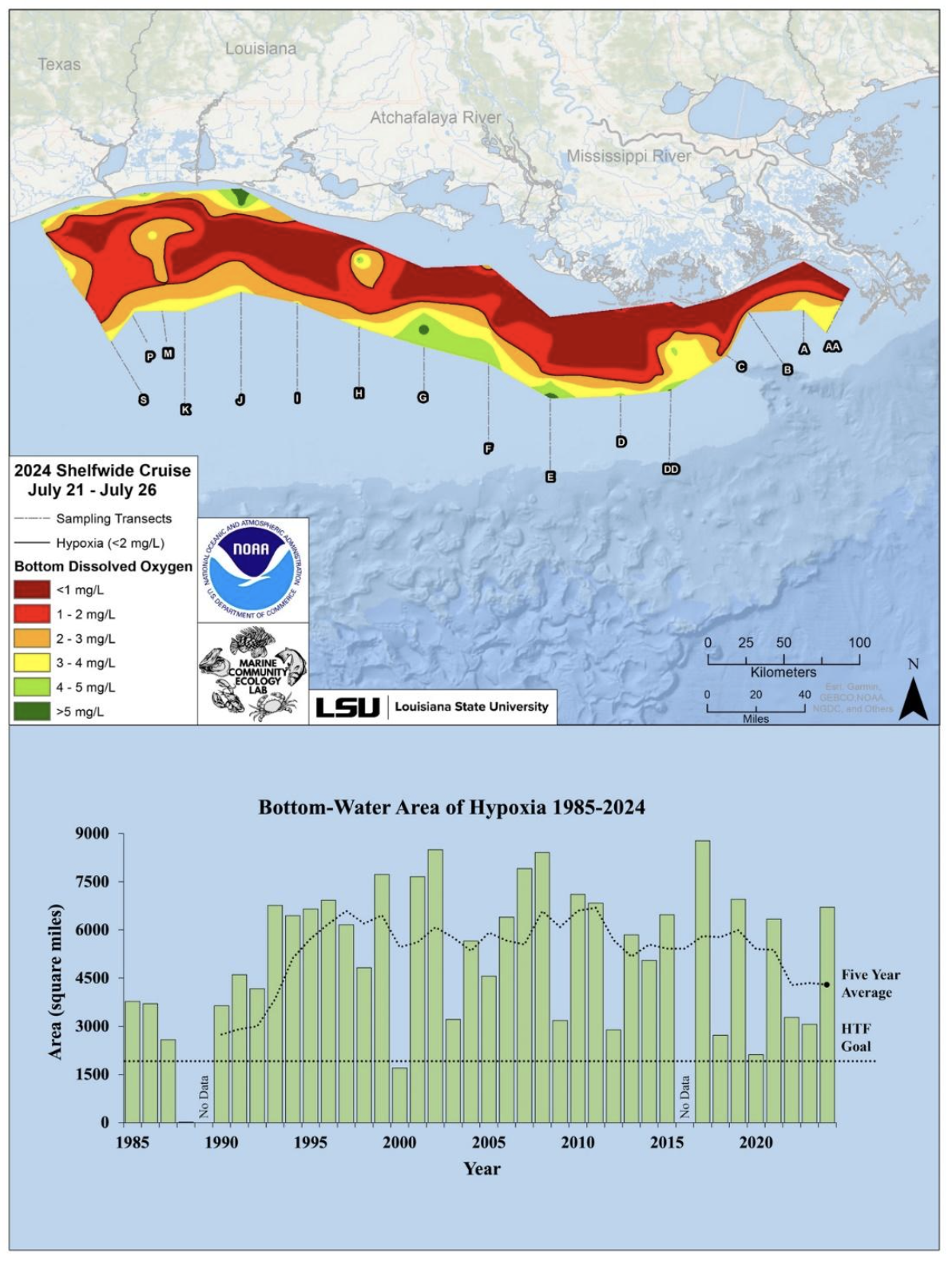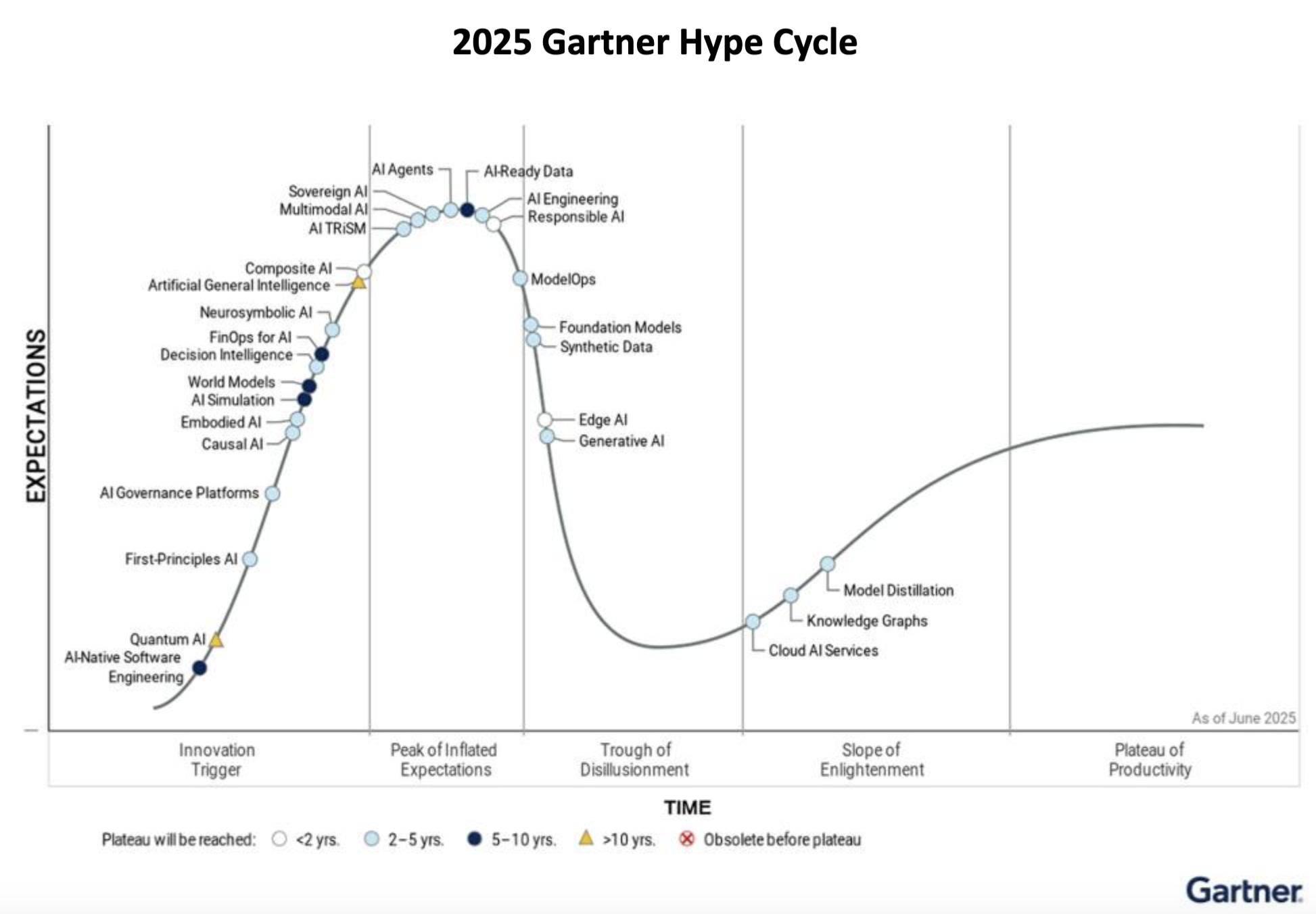Once a cornerstone of financial safety and legacy planning, life insurance now faces declining relevance among consumers under 40, who will shape the industry's future. This generation isn't looking for traditional "death insurance," instead seeking solutions that deliver tangible, accessible value throughout their lives.
The data show a stark change, where over the last 15 years, life insurance's slice of individual investment wallets has dropped 23%, while equities gained 31%. The driver isn't market volatility – it's a profound disconnect between how insurers design products and how the younger demographic lives.
New research from Capgemini and LIMRA found that 68% of consumers under 40 recognize life insurance as essential for their financial future, but adoption remains stubbornly low. The reason? Traditional life insurance triggers no longer reflect the realities of next-generation policyholders: 63% have no immediate marriage plans, and 84% aren't planning children soon.
Meanwhile, only 33% of insurers recognize the growing competition from investment platforms, digital banks, and wellness subscriptions – alternatives that are rapidly gaining ground by offering immediate value, flexibility, and seamless user experiences.
This gap between consumer expectations and insurer offerings presents a significant opportunity for industry transformation.
The Living Benefits Opportunity
The disconnect is simple: Consumers under 40 want financial tools that deliver value throughout their lives, but what they get from traditional life insurance is value only at death. The solution lies in offering "living benefits" that reframe insurance as a tool for living well, not just dying well.
Younger consumers want products designed for their generation, not their parents' playbook: Cash withdrawals for life events (48%), health and wellness benefits (41%), and critical illness coverage (39%) are main priorities. They want insurance that helps start businesses, pursue wellness goals, or access fertility treatments.
Despite 76% of younger consumers expressing interest in these benefits, offerings remain limited, as the industry continues to treat them as secondary features rather than central value propositions.
Early adopters are proving that the transition to living benefits works. One European insurer redesigned income protection around "employability" rather than "unemployability," focusing on helping people stay productive rather than just covering absences. The result: two months of sales exceeded their previous full-year results. Similarly, wellness programs integrated into living benefits lead to 87% of users reporting improved wellbeing while reducing insurers' loss ratios.
Making Living Benefits Work
The need is clear: living benefits must become part of the core value proposition alongside protection. But delivering them effectively requires three fundamental changes in how insurers develop and distribute their solutions.
- Flexible, modular solutions are the foundation of this transformation. Modern policyholders need financial solutions that evolve with their changing circumstances, adjusting when they marry later in life or when faced with unexpected career transitions. Insurers should evolve core systems around modularity and simplify underwriting to allow customers to activate, modify, or expand living benefits as their needs change, without requiring full policy rewrites or lengthy approval processes.
- Enhanced advisory capabilities bridge the gap between product flexibility and customer engagement. While 67% of under-40s want digital access with dedicated advisor support, only 16% of insurers are equipped with these capabilities at scale. This generation wants advisors who can demonstrate how living benefits support their specific goals, which requires updating both technology platforms and compensation models to reward continuing engagement over one-off sales.
- Ecosystem partnerships extend insurance reach beyond traditional boundaries. Rather than competing solely with other insurers, successful firms embed their offerings into the financial services, wellness, and employee platforms where under-40s already manage their lives. These partnerships transform living benefits from standalone products into integrated lifestyle tools.
The connection between these capabilities is essential. Modular products without advisory support confuse customers. Advisory capabilities without ecosystem partnerships limit reach. Inflexible products disappoint customers when they can't access promised benefits. Addressing these needs together ensures a comprehensive approach that matches how under-40s live and work.
The Moment for Action
Millennials and Gen Z are set to inherit trillions over the next decade, and many already view life insurance as a viable destination for those assets. But they won't engage with products built on outdated assumptions. They expect solutions that reflect their lifestyles, priorities, and financial goals.
Insurers face a crucial moment: Those that embed living benefits, embrace modular design, and build partnerships across wellness and financial ecosystems will earn the trust of the next generation. Those that don't, risk losing relevance to competitors that already deliver quick, lifestyle-aligned value.
The question is no longer whether life insurance matters – it's whether insurers can make it relevant to the people who will define its future.























